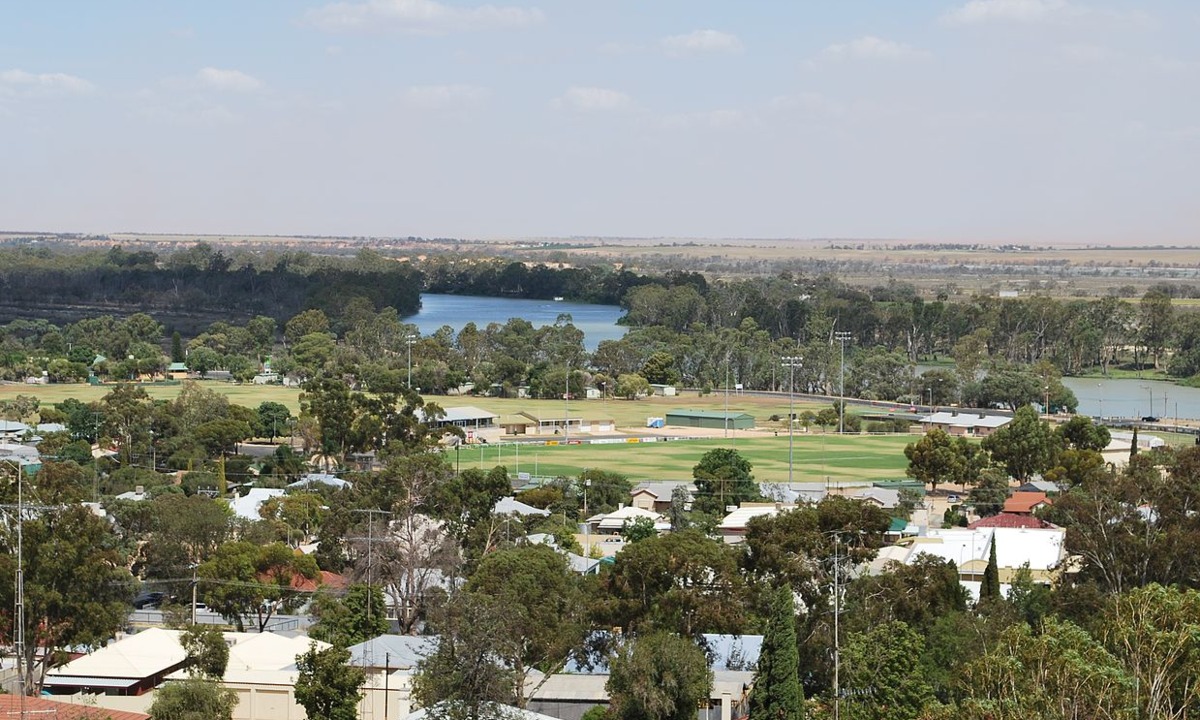Tree and sea changers continue to flood regional markets
The demand for regional properties continues as median house and unit values are up 15.4 per cent from the same time last year, according to CoreLogic.

The CoreLogic data also indicates the month of May saw regional dwelling prices make a slight gain of 0.1 per cent from April, taking their median value to $271,722.
Ray White Berri Principal Greg Cram said the Riverland is experiencing an “extremely busy” period as lifestyle changers and renters seek out regional properties.
“We’re seeing many people move to the area, whether that be to downsize or relocate,” said Cram.
“People within the region are also looking to get off that rent cycle as low interest rates are making it cheaper to buy.
“There’s multiple buyers out there and because of it we’re achieving premium prices.”
He said the perceived safety of non-metropolitan areas appears to be one of the main drivers behind homebuyers choosing to purchase in the region.
“Homebuyers are looking for a lifestyle change, especially in places like the Riverland where it is only two and half hours north of Adelaide,” said Cram.
“COVID certainly shook up a lot of people to make that lifestyle change and we’ve also seen a few interstate buyers come over because the regional areas seem safer.”
Harcourts South Coast Principal Mark Forde said homes in the Fleurieu Peninsula are appealing to expats and interstate buyers.
“We’re finding a lot of expats are coming back to South Australia and are looking to secure any [regional] property they can,” said Forde.
“A lot of people are taking up permanent residence in the [Fleurieu Peninsula], whereas before we’ve always had buyers looking to purchase a holiday home or investment property.”
Forde said many of these properties are spending less time on the market and are achieving a premium price.
“We do a lot of expression of interest, best offer by campaign, and we usually run a three-week campaign,” Forde said.
“A lot of those homes are selling early, and the number of genuine buyers out there is still particularly strong.
“We’ve still got a solid market share but all of the properties we are working with are quite current.”
Regional market gains have been steady across the nation as the growth rate of regional dwelling values (13 per cent) was more than double that of the capital cities (6.4 per cent).
Real Estate Institute of South Australia CEO Barry Money said city-based workers are moving to the regions as new work from home measures offer some flexibility.
“I think we’re seeing a change in flexible living arrangements, so the regions are really booming at the moment,” said Money.
“People have realised post-pandemic that they can work from distant locations and they have the technology to do it.
“They only have to able be to commute once a week or once a fortnight, but not every single day.”



